Rank Species | Genus Collinsonia Higher classification Collinsonia | |
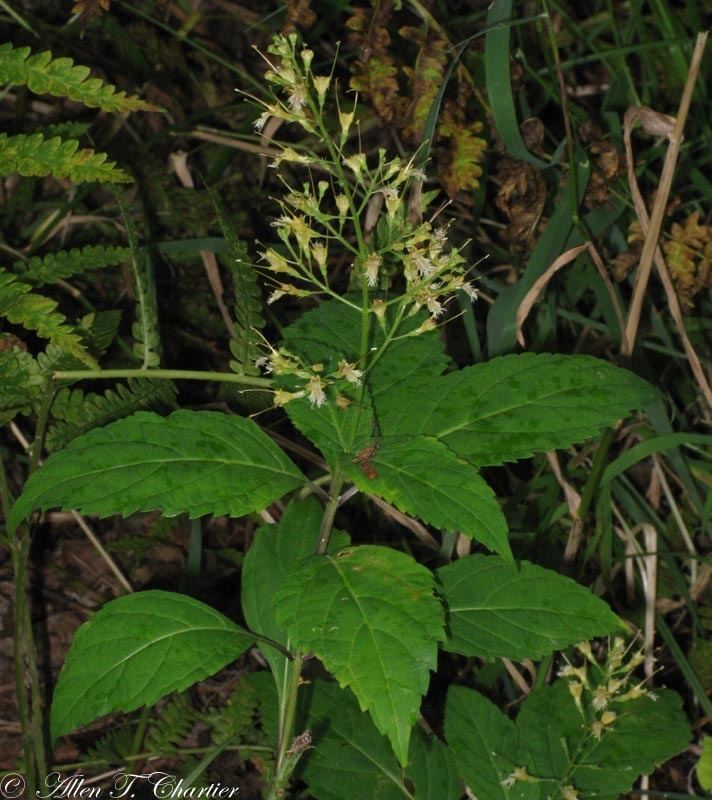 | ||
Similar Collinsonia, Blue cohosh, Common boneset, Lamiaceae, Apocynum | ||
Bumblebee visiting collinsonia canadensis
Collinsonia canadensis is a perennial medicinal herb in the mint family. Common names include Canada horsebalm, richweed, hardhack, heal-all, horseweed, ox-balm and stone root. It is native to eastern North America from Quebec south to Florida and as far west as Missouri, although it is mainly found east of the Mississippi River. It is endangered in Wisconsin.
Contents
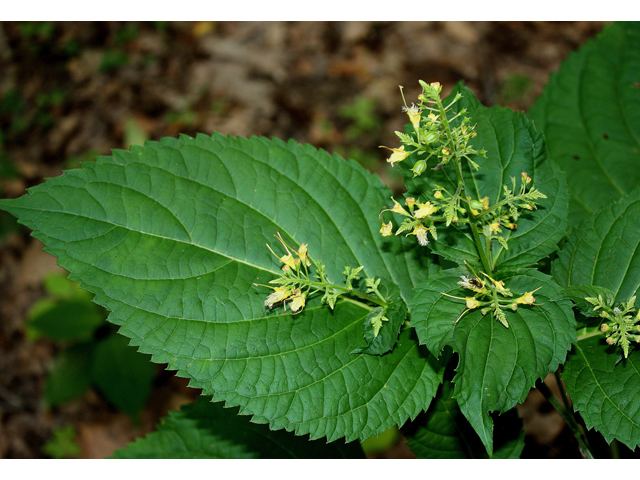
Medicinal history
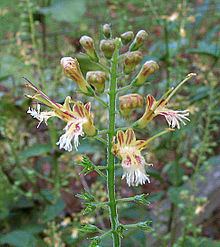
The plant was discovered by Peter Collinson (1693–1768), an enthusiastic English merchant botanist, who took great interest in transporting to England and cultivating new American plants. Collinsonia was not, however, used in European or American medicine at that early date, which the Lloyd Brothers pamphlet on the herb says, "nor did it attract the attention of such authoritative observers of the regular school as the Bartons, Dunglison, Zollicoffer and Griffith, probably because it possessed no prominent, poisonous or violent quality to make it conspicuous. It does have a distinct odor, described by herbalist David Winston as smelling like "Lemon Pledge."
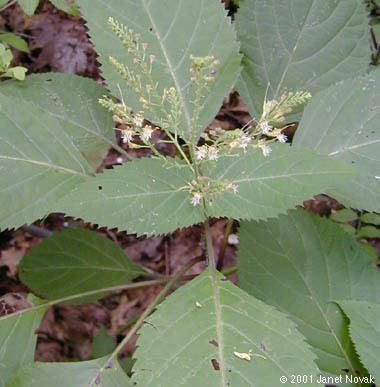
It was not until later after observing Native American medicinal uses of the plant that the herb came into the materia medica. By the 1850s it was listed in King's American Dispensatory and in Lee's New York Plants. Lee noted that the bruised leaves had been used for many years as poultices for bruises and that the Thompsonian medicalists had referred to it in their pamphlets. One factor in the long adoption was that the elements of the plant only appeared with long extraction. Another was that the root was hard and knotty: the Lloyd Brothers pamphlet on the plant notes that it tended to break grinding machines and was difficult to extract:
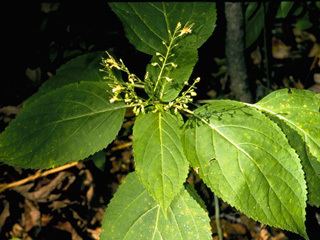
According to the 1869 Cook's Physiomedical Dispensatory:
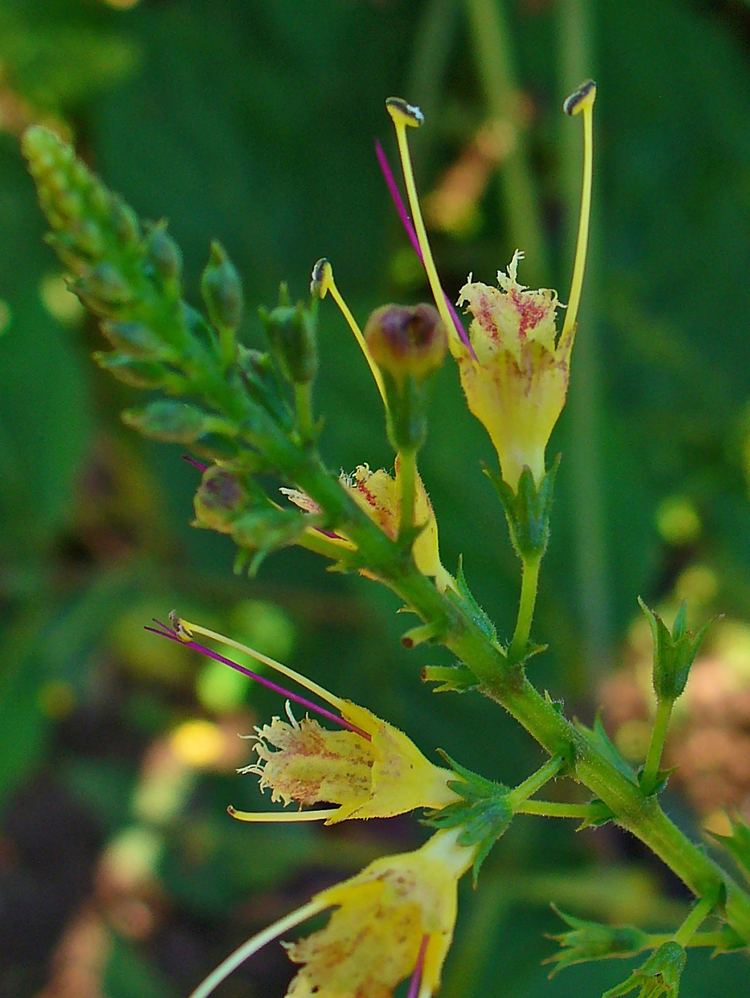
Medicinal uses
Petersen's Materia Medica describes the use: "Has a special influence on the nervous system and mucous membranes, removing congestion and improving circulation of the capillaries. This influence is most marked in relaxed conditions of the mucous membranes of the throat and lower bowels. A valuable remedy in sore throat, laryngitis, pharyngitis, with relaxed and enfeebled capillary circulation. May be combined to advantage with other indicated remedies in atonic dyspepsia, catarrhal gastritis with defective circulation and irritable condition of the heart from weakness. In hemorrhoids, when indicated, it is our best remedy. In these cases it should be used in small doses. Scudder recommends it in nurse's sore mouth, and no doubt it is effective in such cases where there is relaxed condition with impaired capillary circulation in the parts. It is generally given in doses of 4 to 6 drops, with the exception of hemorrhoids, where 1/2 to 1 drop doses are more effective than the larger doses."
